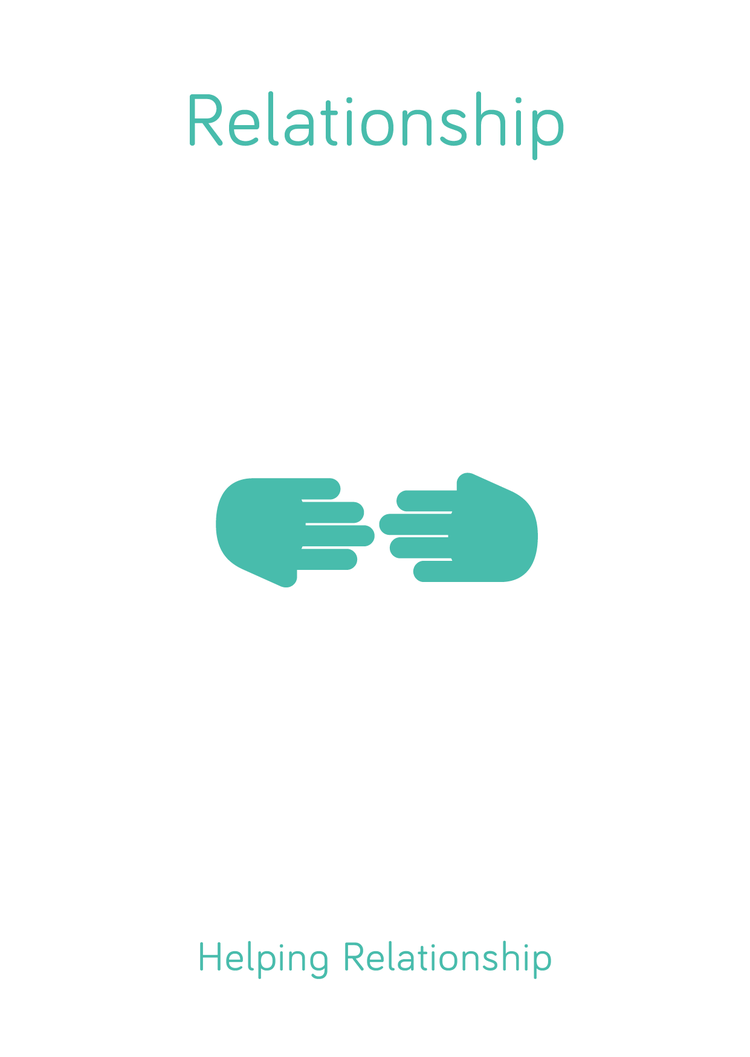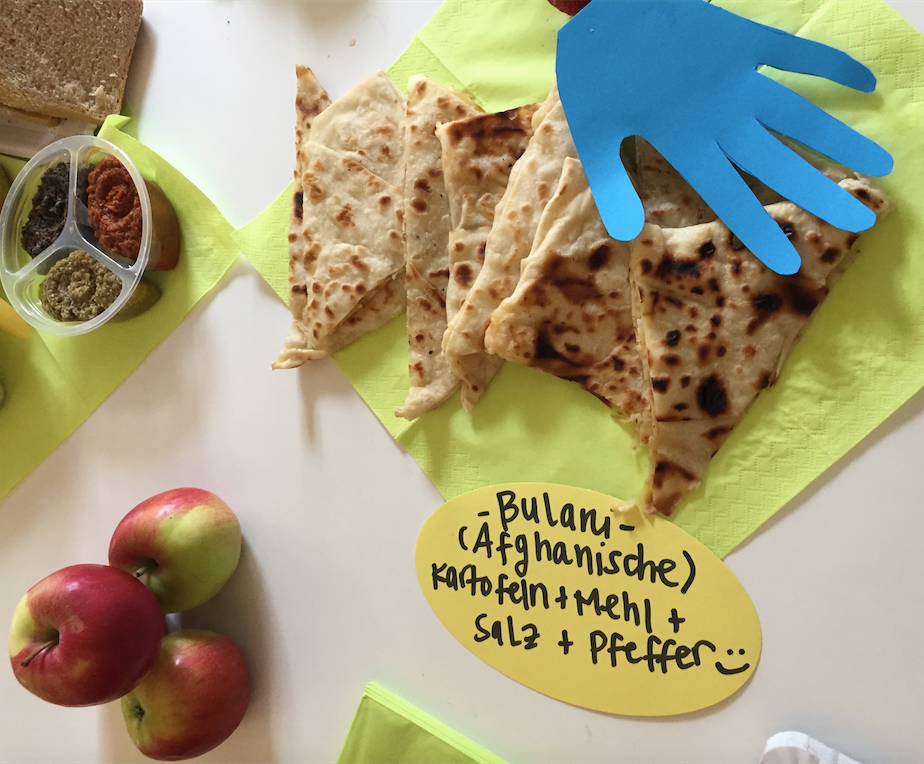The Practice of Collaboration 4: Cooking as Collaboration
Purpose of the Exercise
Cook a shared meal based on limited resources. You can consider the meal itself as a metaphor for a shared vision where you do not dream everything under the sun but you rather create a vision based on what you have. Here, what you have is meant in the literal sense, in other words the things you have in the fridge and cupboards as well as the skills and imagination of your team members. All of those “ingredients” are used to create something (ful)filling. While going through this exercise, people learn to work together and practice collaboration.
Instructions
So you are a group of people getting ready to cook. You are not allowed to go out shopping but you look at what is in the fridge, the cupboards, the drawers. Whatever is available can be used for cooking:
A. Make an inventory of what is in the kitchen and what is available for cooking and eating.
- Make a list of things available to cook. Discuss in your group what ingredients you like, which ones you like less. Take the time to appreciate everything you have and start getting an idea of what ingredients you would like to use.
- Take the ecloo card Participation in Vision and Strategy. Explain to the group that the goal is to come up with a common vision for the shared meal. In pairs or groups of 3, discuss the following question: What is important for you in a meal? Then compare the results of the different group members. Discuss differences and similarities. Discuss how you want to deal with those differences.
- Each person then writes down different ideas on what to cook and prepare. Each idea is written on a separate card, in other words, one idea per card.
- Put the cards on the kitchen table and provide 3 dots to each person. Each person then distributes the dots based on his or her preference. Together decide what you will cook.
- Then distribute roles and tasks through self organization. You can organize yourselves based on skills or preferences or any other criteria that works for your group.
B. Co-creation: Now you actually start cooking as discussed based on your talents, experiences, preferences. Whenever you are ready, enjoy your meal!
Applying this in Your Organization
Ideally, you have a possibility to cook in your work environment. If not, you may want to use an appropriate facility. If your fridge is empty, fill it with a few things but try to make sure that you do not put too many things so that constraints become challenging and require creativity of the group.
Sharing the meal may become part of your organizational culture. You may decide to cook a meal together regularly. Maybe next time, you will use a different approach and rather than looking in the fridge, you decide what you want to cook together and then go food shopping. Whatever the case may be, take the time to debrief the cooking (co-creation) experience with each other:
- Which collaboration cards were helpful and important?
- What can you improve?
- What does this mean for your work environment?
Write down those insights and put them in a central location easily visible for everyone.
Note for Facilitators
One collaboration card you may want to pay particular attention to is the Helping Relationship: How can you support one another during the process of cooking? Does someone need help because he or she has too much to do or because does not have the skill or experience? How can people help each other?


